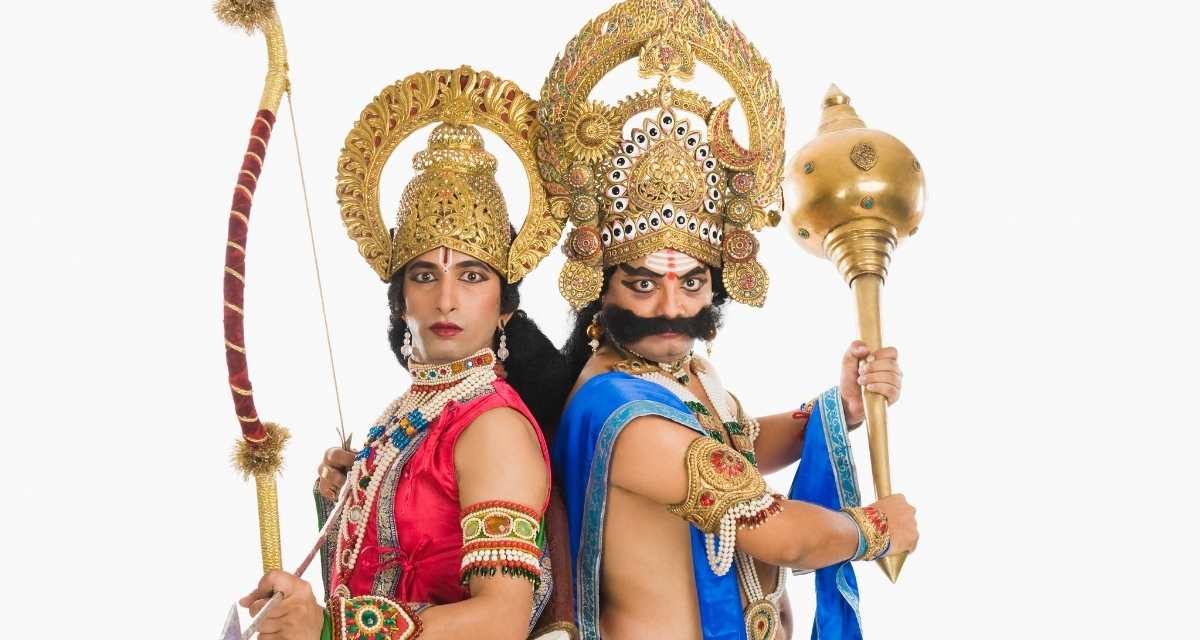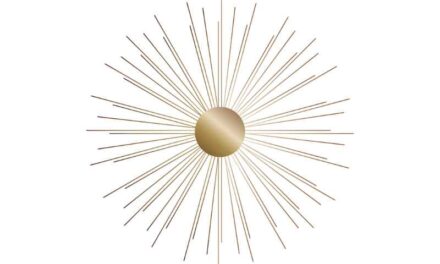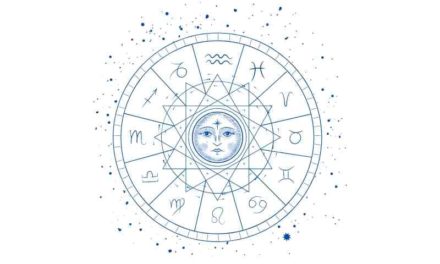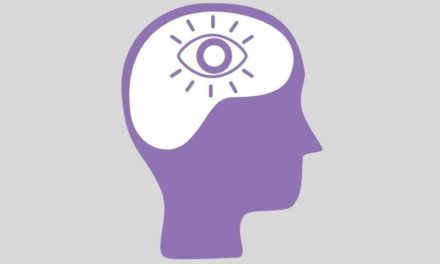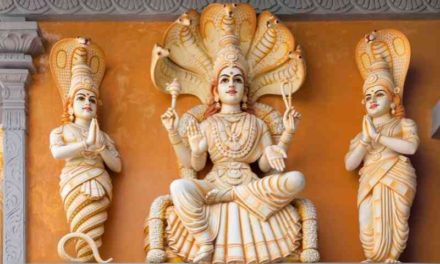Hindu mythology has evolved through many phases, which may be traced back to the most significant scriptures that have survived from each era. The first stage is linked with the Vedas, India’s earliest written records. The Rig-Veda is one of them. It is a collection of 1,028 hymns of praise and petitions to the gods that include allusions to mythology. The Vedas are based on ancient Aryan traditions that were previously exclusively transmitted orally.
The Brahmanas, the following collection of writings, date from 900 to 700 B. C. Though primarily concerned with Hindu ceremonies, the Brahmanas include many myths. The Upanishads, composed about 700 B. C. and later, are primarily concerned with concepts yet often convey them via stories. The two main Hindu epics, the Mahabharata and the Ramayana, which were composed between 300 B.C. and 300 A.D., include tales about a variety of important deities.
Following that, Hindu mythology and religion were mostly expressed in writings known as Puranas, literally “tales of the past.” The majority of the tales are dedicated to one or more gods. The Puranas often recount previous stories, sometimes in the mouths of the gods.
Themes. Certain fundamental Hindu ideas serve as the backdrop against which the tales unfold. One of them is the concept of reincarnation, often known as soul transmigration. Each soul, according to Hindu religion, goes through an infinite number of incarnations. Following the death of one physical body, or incarnation, the soul is reborn into another live body. Even gods may reincarnate as humans.
Similarly to how the human soul is always reborn, the world is constantly being produced and destroyed. Time passes through millions of year cycles, constantly erecting and deconstructing with no beginning or conclusion. All change and decay are necessary components of a divinely orchestrated cosmic dance that will ultimately culminate in regeneration. Faced with this vast pattern, each person is responsible for adhering to his or her own pattern of proper conduct, referred to as dharma.
In Hindu mythology, a vast ensemble of deities, devils, demigods, people, and animals populates the story. Some were prominent during one era but faded into oblivion during other eras, while others rose from obscurity to popularity. Numerous mythical figures’ characteristics and histories have evolved significantly throughout the millennia that Hinduism has flourished.
Vishnu, the Trimurti’s second member, is the preserver or defender of life. Mercy and kindness are two of his characteristics. According to some Hindus, Vishnu is the ultimate entity, and Brahma and Shiva are manifestations of him. Shiva, descended from the ancient Vedic storm deity Rudra, is the Trimurti’s third member. He is the deity of vengeance and devastation, yet his annihilation enables fresh creation to begin. At times, Shiva is depicted as a dancer who controls the universe’s motions.
Devi, “the goddess,” is one of the pantheon’s oldest ancient deities. Numerous female goddesses are gathered under her name, each representing a distinct facet of Devi. Among them are Parvati, Shiva’s wife; Durga, the warrior goddess and demon-slayer; and the much more fierce Kali, “the dark one,” who, like Durga, battles demons but sometimes gets drunk by blood and devastation.
Parvati’s son is Ganesha, the famous elephant-headed, four-handed deity. He is one of the most prominent gods in contemporary Hinduism and is linked with good fortune and knowledge. Indra, the god of storms and rain, was one of the Rig-most Veda’s prominent deities and may have embodied the military chieftains of the ancient Aryan peoples.
According to Vedic hymns, Indra succeeded Varuna, the gods’ protector of justice and order, as ruler of the gods. However, as Hinduism’s mythology evolved, Indra was demoted to a secondary position behind the Trimurti. Krishna is one of Vishnu’s incarnations, or avatars. He is mentioned in the Mahabharata and Puranas. Numerous accounts of him emphasize his prankish, mischievous personality and his numerous love relationships.
Manu, who is sometimes referred to as Brahma’s son, is both a deity and the first man, the progenitor of the human race. A tiny fish tells Manu in one story that the world is about to be destroyed by a huge flood. Manu tends to the fish, which is in fact an avatar of Vishnu, and as it matures, it rescues him from the flood, allowing him to repopulate the world. Savitri, whose tale is recounted in the Mahabharata, is a symbol of love that overcomes even death. She convinces Yama, the ruler of death, to spare her husband’s life.
Hindu mythology has a variety of different stories of how things began, but in each version, the act of creation is actually an act of arrangement, of bringing order out of chaos. The Vedic scriptures describe the sacrifice of a primordial deity named Purusha, whose dismembered corpse creates the universe’s components.
Another conceptional picture, that of fertilization and pregnancy, appears in stories about Prajapati, the father of all people and animals. At times, heaven and earth are referred to as parents whose offspring are the gods. Tvashtar’s myths, a minor Vedic deity associated with carpentry or architecture, describe creation as an act of construction.
With the growth of Hinduism and the prominence of the Trimurti, a complex picture of the universe’s creation, destruction, and reconstruction arose. Brahma creates the world with his ideas. The planet then enters a 4,320,000-year-long Maha Yuga, or great era. The Maha Yuga is divided into four yugas, or epochs. Each is shorter and more immoral than the one before it, beginning with the Krita Yuga—golden Brahma’s era—and continuing through two intermediate periods protected by Vishnu to the Kali Yuga—dark Shiva’s age.
Each dark era is followed by a new golden age, and the Maha Yuga cycle is repeated a thousand times. Shiva then extinguishes all life with searing heat and a drowning deluge, leaving the land barren as Vishnu sleeps. After a thousand Maha Yugas, a lotus blossom erupts from Vishnu’s navel and transforms into Brahma, ready to resume his creative task.
Vishnu’s Avatars Numerous tales concern Vishnu’s avatars, or earthly manifestations of the deity. The most often cited list of the 10 avatars starts with Matsya, the fish that shields Manu from the deluge. Kurma, a tortoise, is the second avatar. He carries Mount Mandara on his back so the gods may use it as a paddle to churn the ocean and create a drink of everlasting life.
Varaha is the third incarnation, a hog that emerges when a demon giant drags the world to the bottom of the ocean. Varaha vanquishes the demon and resurrects the earth with his tusks. The fourth incarnation, Narasinha, is half man and half lion. He vanquishes a monster that is impenetrable to man or beast.
Vamana, the dwarf’s sixth form, defeats Bali, a creature who had seized control of the planet. When Bali gives Vamana the amount of territory he can cover in three strides, the dwarf transforms into a giant who leaps over heaven and earth. The sixth avatar, the ax-wielding Parashurama, liberates the priests from the warriors’ dominance.
The Birth of Ganesha. According to many stories, Shiva’s wife, Parvati, gave birth to Ganesha—and did it without the assistance of Shiva. According to some, Shiva, who is eternal, had no desire for a son, but Parvati desired a child and conceived the kid using her own body. In other accounts, Shiva bestowed to Parvati a doll that miraculously transformed into a baby at her touch.
According to one legend, Shiva severed the boy’s head either to prevent him from reaching Parvati or because Shiva thought his kid was destined to perish. Parvati’s sorrow, on the other hand, drove him to attempt head replacement, and he eventually succeeded in connecting an elephant’s head to the boy’s torso.
Hindu mythology pervade every element of Indian life and culture. They provide the foundation of numerous works of art, ranging from 700s Rama plays to contemporary Indian films based on legendary tales. Temples and icons of the deities are found throughout the city. Festivals, like as the ten-day fall celebration of Rama and his wife, Sita, help to preserve the ancient gods, heroes, and stories. Even the names of places have holy connotations. Calcutta, for example, derives from Kalighat, the site of ancient goddess Kali sacrifices.
Apart from influencing generations of Indian artists and intellectuals, Hindu mythology has also captivated a large number of Westerners. English-speaking readers got acquainted with the tales of Savitri around the same period via Edwin Arnold’s poem Savitri, or Love and Death. Goethe’s poem The Deity and the Bayadere (dancing girl) is about the god Shiva’s arrival on earth.

